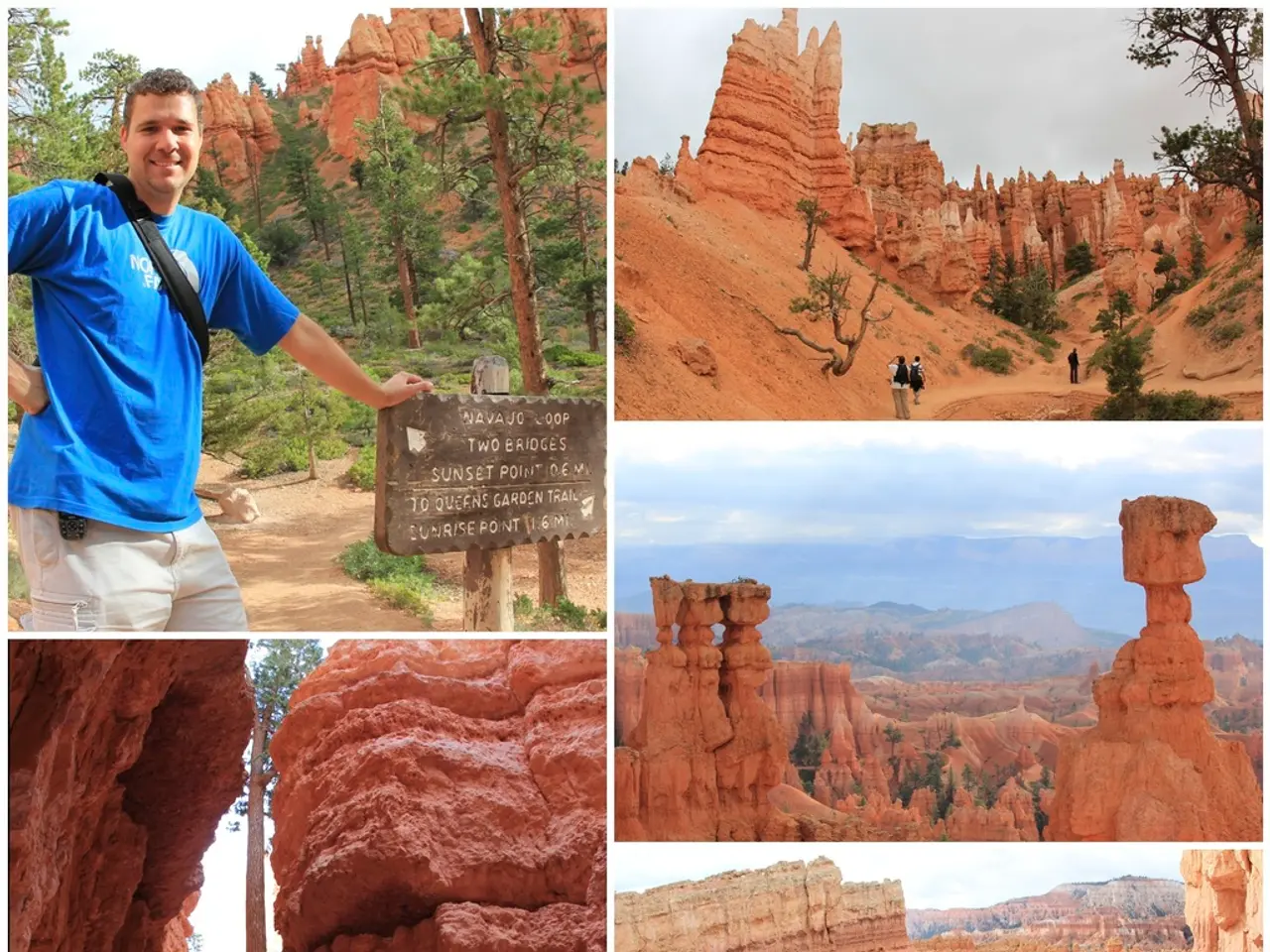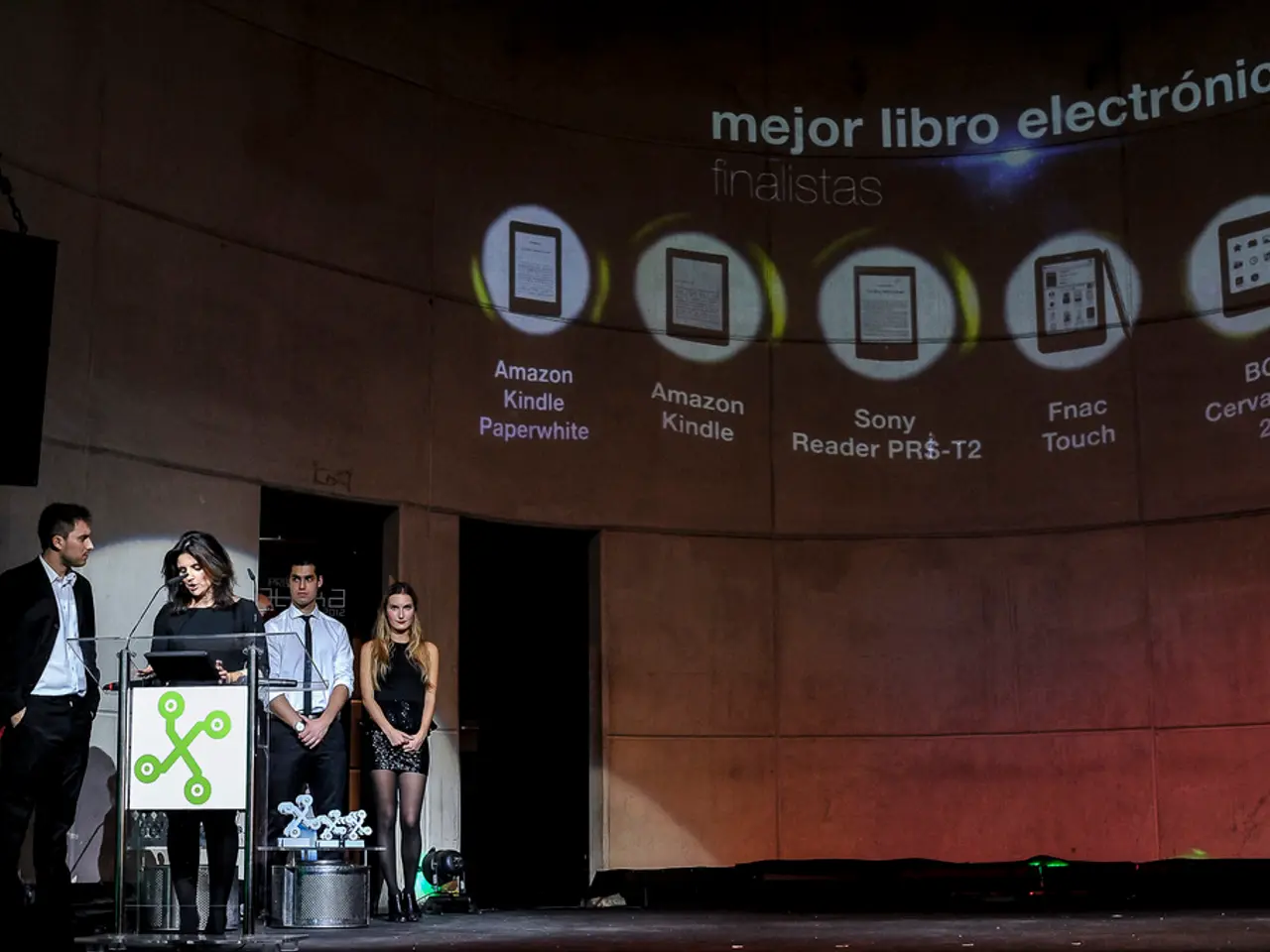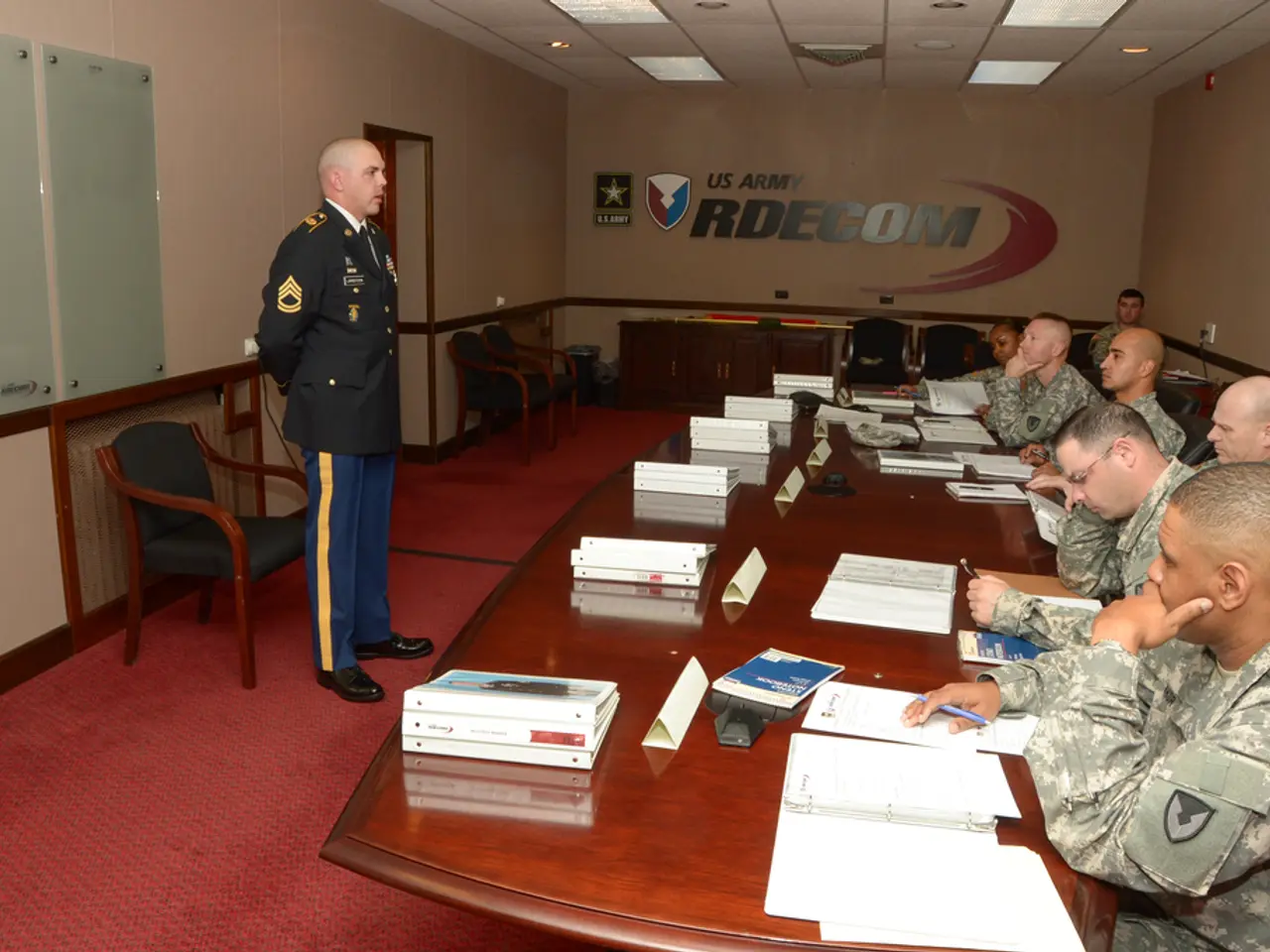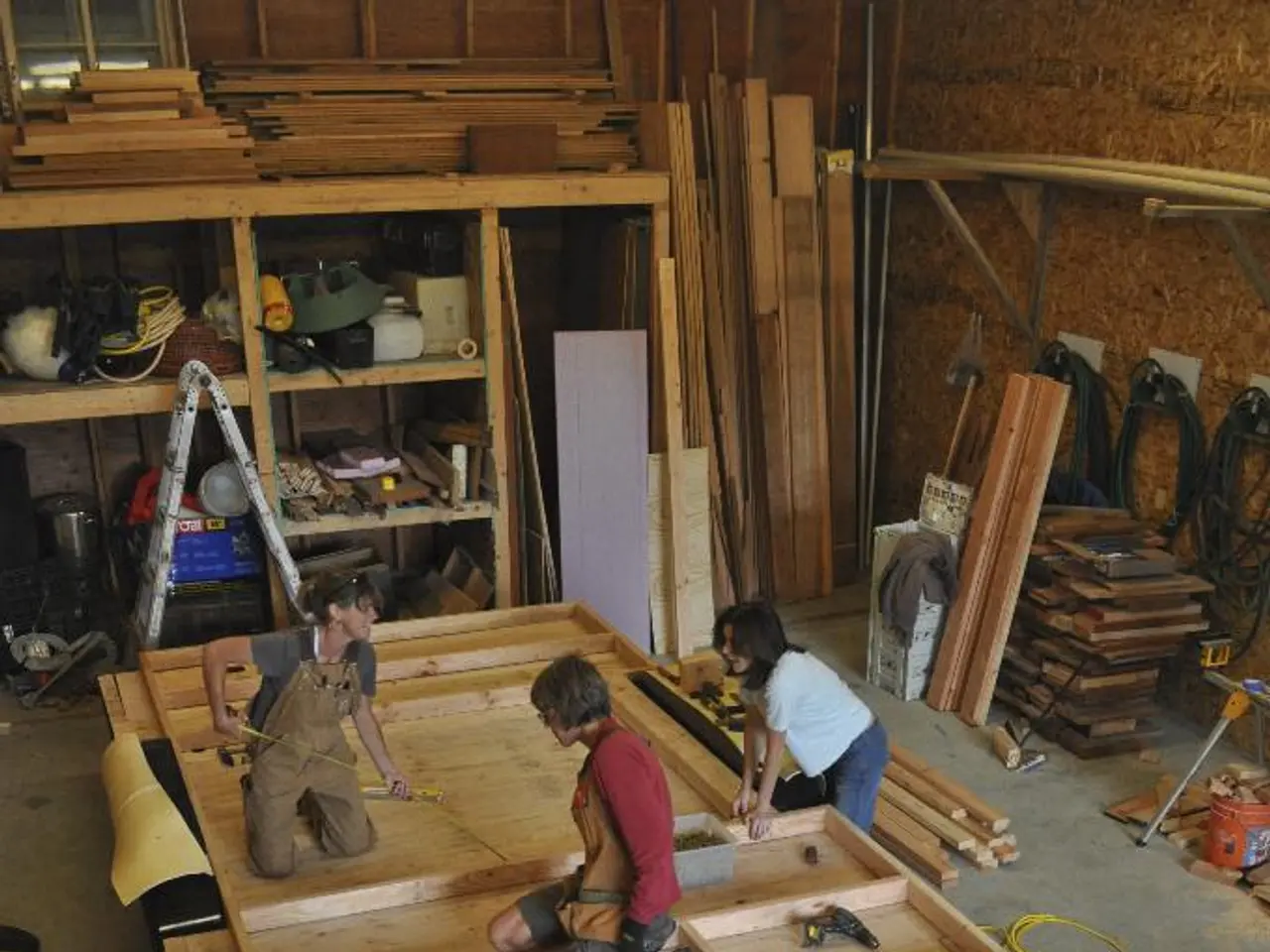American museums' influence led a Turkish heritage educator on a mission to reinvent archaeology for kids
Transforming Turkiye's Archaeological Education: A Vision for the Future
Turkish archaeologist Asena Ozge Yasar envisions a future where Turkiye leads the world in archaeological education, particularly for children. This vision is grounded in an ideal program that is fully immersive, hands-on, and collaborative, bridging the gap between archaeologists and educators.
Yasar's inspiration comes from observing archaeology's transformative potential in Atlanta, Georgia. Here, archaeology was used to teach history, foster critical thinking, environmental awareness, and emotional intelligence. In Turkiye, such a program could cultivate a more reflective and empathetic society, while also preserving heritage.
The current efforts towards child-focused archaeological education in Turkiye are already emphasizing immersive, experiential learning. Yasar's approach, which engages children actively in all stages of archaeology, is a prominent example. This model aims to turn children from passive recipients into co-creators of knowledge and future guardians of cultural heritage.
To improve these efforts, critical thinking, emotional intelligence, and environmental awareness should be fostered. Encouraging children to question and interpret evidence themselves, promoting empathy by relating archaeological findings to human stories, and teaching the impact of human activity on landscapes and the importance of sustainable heritage conservation are key strategies.
Grassroots initiatives, museum programs, and workshops are already beginning to fill the gap in child-focused archaeological education in Turkiye. More museums are offering child-focused tours and using virtual tools like online games and digital excavation simulations. Institutions such as the Fernbank Museum and Emory University's Carlos Museum run programs where children engage in mock excavations and handle artifact replicas.
However, Turkiye lacks professionals trained to educate children about archaeology, often resulting in material that is either too complex or too simplified. To address this, training educators in child-centered, inquiry-based methods and integrating interdisciplinary curricula that combine archaeology with social and environmental education will be crucial.
If children's archaeology programs are treated as essential rather than supplementary, Turkiye could emerge as a leader in archaeological education. This would help children understand their cultural heritage, leading to real change and a greater appreciation for the importance of protecting it.
The disconnect between Turkiye's legacy and the daily lives of children poses serious long-term challenges. If children struggle to see why cultural heritage deserves protection, they may not be motivated to preserve it. Complex ideas such as stratigraphy can be difficult to communicate to younger audiences without the right approach. Museums in the U.S., for example, deliver interactive, multi-sensory experiences for children, encouraging participatory learning.
Expanding these programs nationwide with government and institutional support, making them accessible to children in villages and rural schools through mobile learning units and partnerships with regional museums, will be essential. By doing so, Turkiye could not only preserve its rich archaeological heritage but also educate a new generation of guardians who will cherish and protect it for years to come.
References:
[1] Yasar, A. O. (2020). Child-focused archaeological education in Turkey: Potential, challenges, and the role of museums. Journal of Museum Education, 45(1), 20-32.
[3] Yasar, A. O. (2018). Archaeology education for children in Turkey: A review of current practices and future directions. International Journal of Educational Research, 88, 130-139.
- Turkish archaeologist Asena Ozge Yasar firmly believes that Turkiye can lead the world in education and self-development, particularly in archaeological education for children, with programs that are immersive, hands-on, and collaborative.
- To cultivate personal growth and foster a more reflective and empathetic society in Turkiye, it's crucial to educate children about archaeology and heritage, using strategies like critical thinking, emotional intelligence, and environmental awareness.
- By treating children's archaeology programs as essential rather than supplementary and expanding them nationwide with support from institutions and the government, Turkiye can ensure the preservation of its rich cultural heritage for future generations and encourage a new era of passionate guardians.




